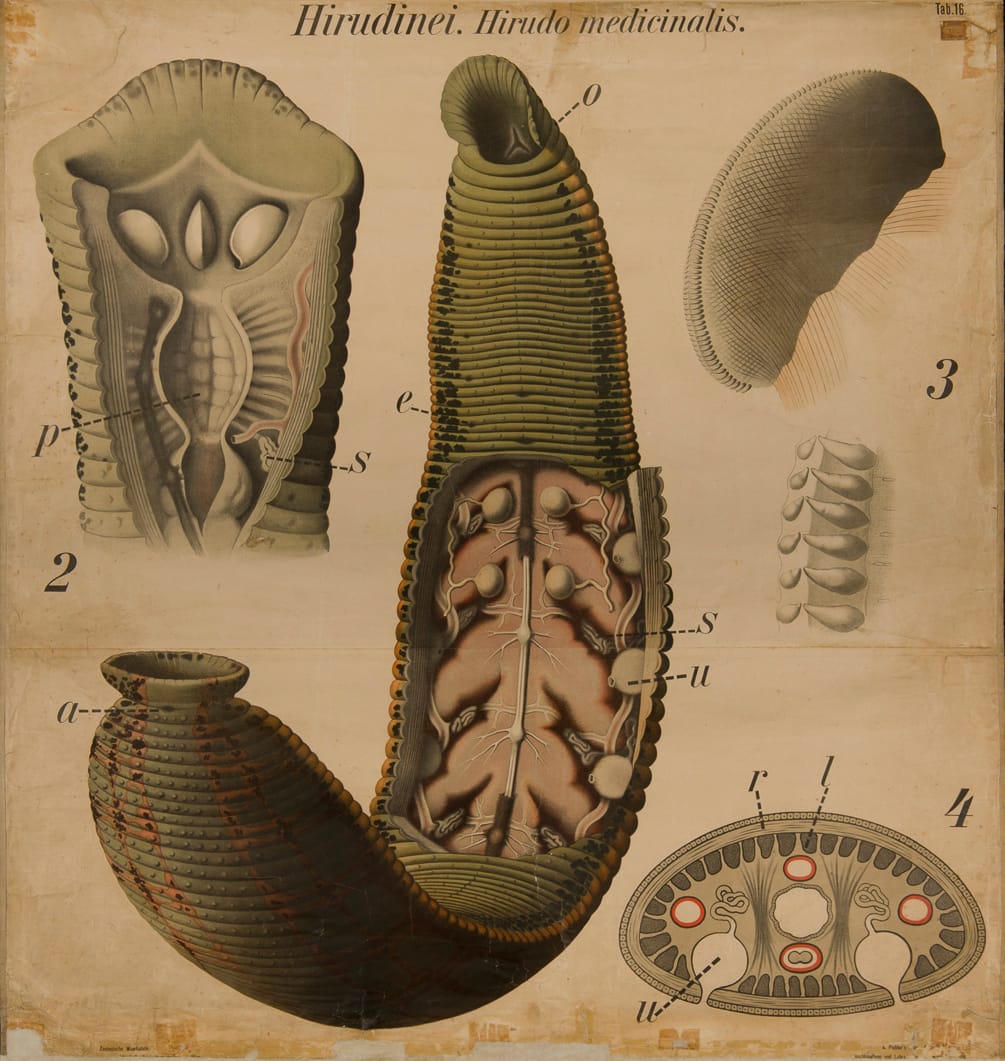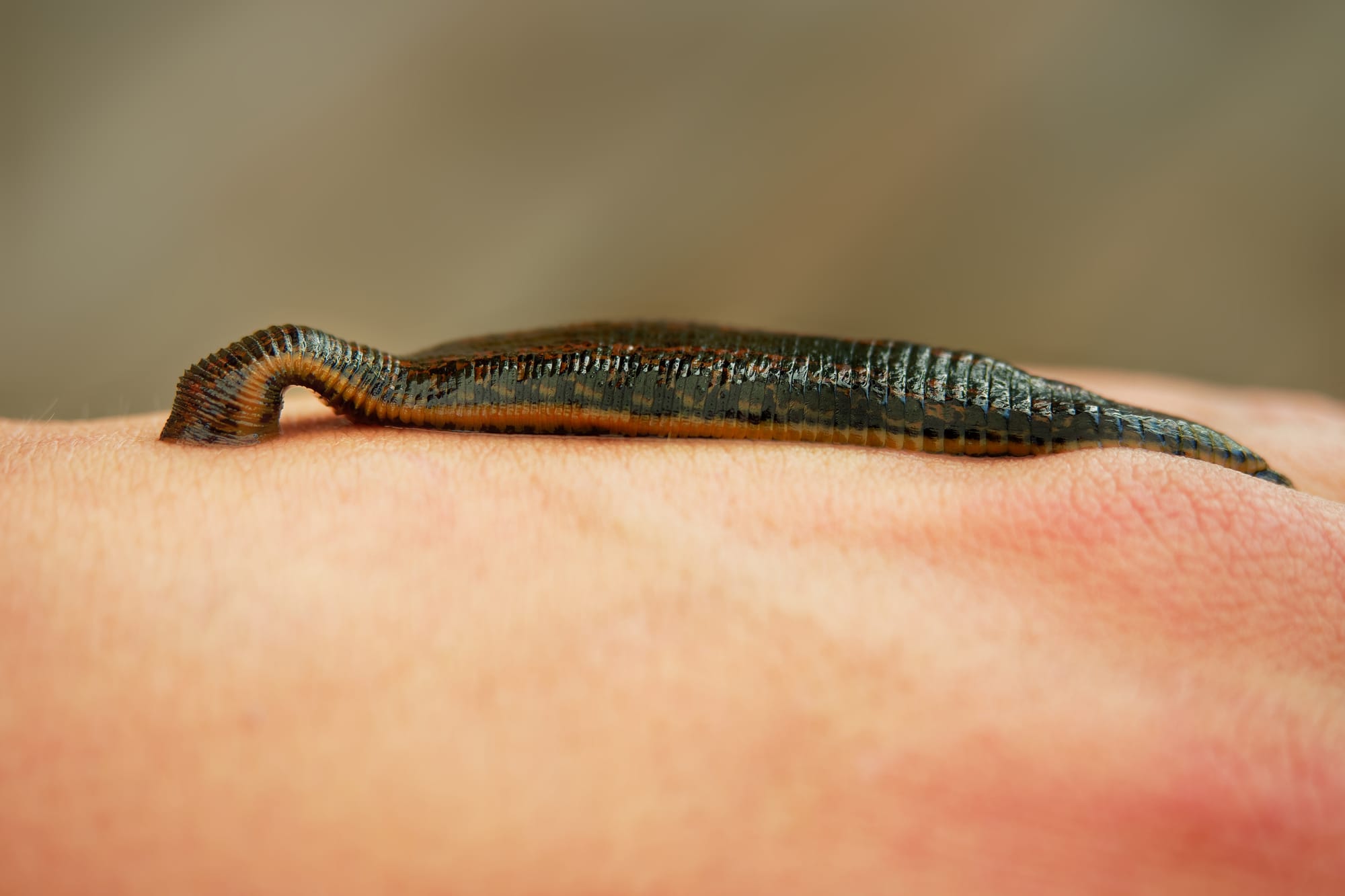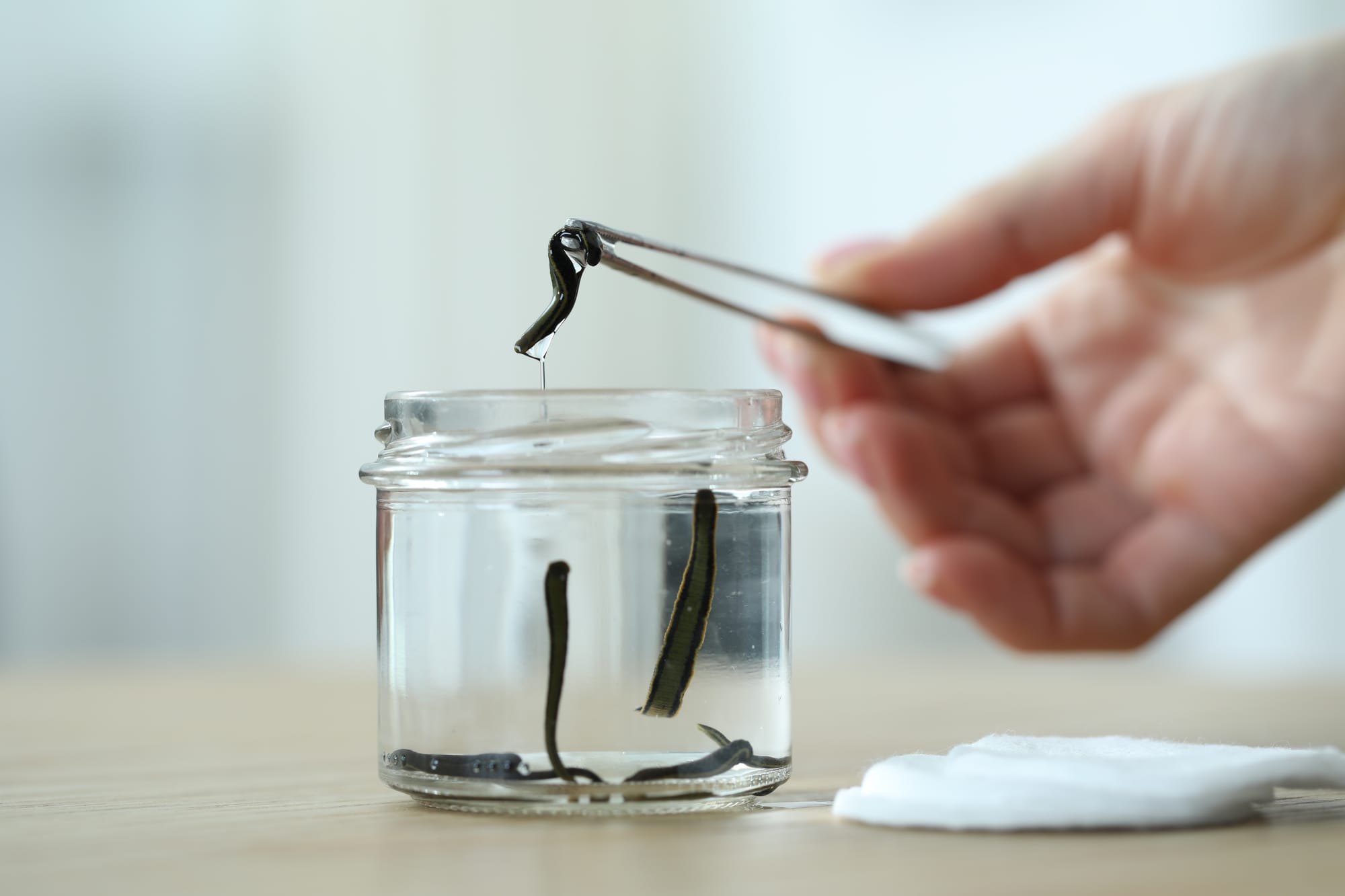🗞️ Riverside News- December 15, 2025
Heritage Board reviews preservation, Planning Commission considers 117 units, Colorado River states face water deadline...
Local leeches get a bad rap, but these blood-sucking creatures have fascinating abilities and surprising medical uses - plus they're right here in Riverside's waterways.

Leeches. Just the word may be enough to make your skin crawl. Since at least the time of the Old Testament the word has been associated with insatiable greed. A character that takes without giving and drains its victims of their essence. We use the term for those most unscrupulous, ambulance-chasing lawyers or to describe that one friend that never seems to have their wallet on them.
But the 700 or so species of leeches in the taxonomic subclass Hirudinea, a group closely related to common garden worms, are innocent of such maliciousness. Essentially, they are simply a relative of worms that, instead of eating apple cores and plant matter, evolved to feed on the blood of other animals. Around 100 species live in the ocean, but most leech species live in and around freshwater lakes and streams. California is home to at least a dozen species, but most species in the U.S. live east of the Mississippi River.
You can even see what's been found locally thanks to iNaturalist, a community science platform where people share and identify observations of plants and animals. A quick search there shows that leeches have been spotted around Riverside in private ponds and along waterways, including one found clinging to a clump of grass in a well-watered flower bed. You might even find a few attached to fish pulled from Lake Evans in Fairmount Park!
A few leeches are predatory, eating small invertebrates, but all other species are hematophagous, meaning they feed on the blood of larger animals. Leeches have an array of unique abilities to stick to and drain blood from their hosts. Unlike true worms, leeches have suckers at both ends of their body that they use to maneuver through their environment and stick onto even slippery things like fish and amphibians. Some leeches have a three-part jaw creating a Y-shaped incision when they bite. This Y shape makes it particularly difficult for the host's body to heal closed, and it allows for more blood flow that the leech can lap up. Leeches also secrete a peptide called hirudin into their hosts which prevents blood from clotting.
But these amazing critters not only help themselves; they can help us too! The medicinal leech, Hirudo medicinalis, has been used for thousands of years for bloodletting. The ancient Greeks believed bloodletting played a role in maintaining the healthy balance of what they called humours in the body that they thought were responsible for illnesses. This practice was continued by cultures around the world right up through the end of the Victorian era. Leeches played a large role in spilling this blood and a staple of the Victorian doctor's kit was often a leech jar. Thumb lancets, fleams, and other implements were also used.



(Courtesy of The Museum of Riverside)
While this practice was based on faulty science (bloodletting is not a cure for any known disease or illness and would not be recommended by doctors of today!) leeches are still in use in modern medicine. Their anticoagulant protein hirudin is used to treat a variety of blood-clotting disorders and their bites can aid in microsurgery by reducing swelling and promoting circulation. Many patients that have had limbs or appendages reattached are surprised to find that their surgical course may involve some live leeches!
Of course, unsupervised leech bites do occur in the wild. Many people might have heard that the best course of action when bit is to pull the leech off, cut the leech in half, or burn it to get it to fall off. All these methods, however, result in much higher risk as a leech under duress may disgorge its stomach contents and could pass those contents, including bacterial or blood-borne infections, into the victim! If left to feed on their own, leeches virtually never transmit pathogens and the bites are usually fairly painless. While it may be unpleasant the best thing to do for a leech bite is to ignore it and let it feed. After 10 or 15 minutes the satiated leech will simply fall off and you'll be at much less risk of injury or infection.
More information: To learn more about leeching and to see some actual thumb lancets visit the Museum of Riverside's current exhibition, Quackery and Cures in the Victorian Age, at the Museum's Heritage House. On display now through November 23rd.
Let us email you Riverside's news and events every morning. For free!